The growing popularity of outdoor recreation is generally a good thing, with most people agreeing that it leads to healthier lifestyles and a greater appreciation for the world around us. But it also brings with it a unique challenge for newcomers to activities like hiking, camping, and backpacking: the rather steep price tag associated with buying camping gear.

But the interest boom in outdoor activities has lead companies to come up with a useful alternative: the option to rent camping gear. Camping necessitates an array of specialized equipment, from tents and sleeping bags to cooking essentials and weather-appropriate clothing. For the novice camper, the cost of buying that gear can be a significant deterrent, potentially hindering their ability to comfortably and safely explore. So renting can be a great option.
But renting camping gear isn’t as clear-cut as renting a car, and there are some intricacies to know, especially around costs, pickup and delivery, and whether it’s better to rent in person or online. This guide dives into the basics of renting camping gear, as well as questions like how to rent bear spray, and what happens if your gear breaks. And if you still have questions at the end, just call your local outdoor shop. Renting camping gear is a fairly new option, and most outfitters are usually happy to answer questions and help out first-time renters.
- Why you may want to rent camping gear
- When is renting gear not the best option?
- Three ways to rent camping gear
- Ballpark costs and budgeting
- Lost, damaged, and broken rental gear
- Renting bear spray
- Renting GPS and tech gear
The pros of renting camping gear
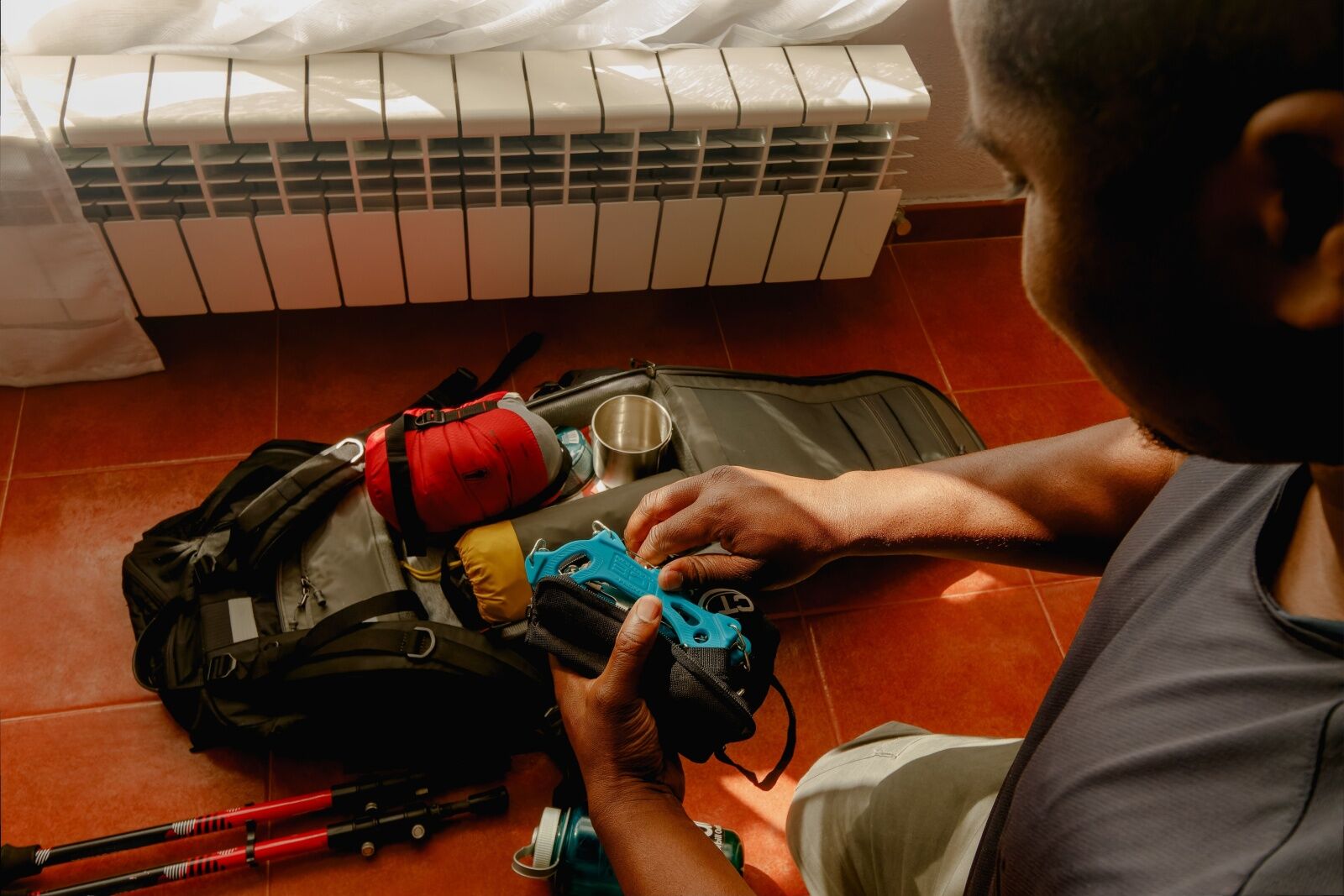
Renting gear may make sense if you don’t have lots of storage space in your home. Photo: jazzzmonet/Shutterstock
There are plenty of reasons to rent camping gear, even if you have your own.
Probably the most popular reason to rent gear for avid outdoorsy types is because you’re camping somewhere reachable by plane, and can’t bring gear with you. Items like tents, sleeping bags, and backpacking bags take up quite a lot of room in luggage, and it’s not usually worth carrying it all if camping is only a small part of a longer trip. You’re also not allowed to fly with items like bear spray or gas canisters for cooking.
It can also be a good idea to rent camping gear if you’re going somewhere with conditions that don’t match the gear you have. For example, if you’re going backpacking along California’s Lost Coast, but only have a cheap car-camping tent from Walmart, you’ll want to rent a higher quality (and waterproof) option. You may also want to rent a sleeping bag if you’re going somewhere chilly and your bag is only rated to 60 degrees, or if you’re camping in an area that requires a bear bin and don’t feel like shelling out $100 or more to buy one.
Of course, renting it is a no-brainer if you don’t have much of your own camping gear. Quality outdoor gear can be quite expensive, and if you’re just doing a quick overnight trip with friends, it probably doesn’t make sense to buy it all. Camping gear can also take up a lot of space in your home, especially if you store sleeping bags correctly (not stuffed into sacks). If you’re tight on space, it may not be worth the real estate in your home to have a lot of gear.
The downside to renting gear

You may have limited sizes or colors available from gear rental companies. Photo: africa_pink/Shutterstock
Owning camping gear is generally a better choice for frequent campers or people who see themselves embracing a mountain lifestyle. Renting can be a good option for a single, one-off camping trip. But if you foresee multiple adventures in the future, the cumulative cost of rentals can quickly exceed the cost of buying gear.
If you’re picky about gear or care about customizations, buying may be better, as renting comes with limitations. Companies may be out of the size tent you need, or you may have to settle for a sleeping bag that’s bulkier or not as warm as you’d ideally have. Owning your gear means you can personalize everything for maximum comfort and ease of carry.
Having a sleeping bag that’s too big or a tent that’s a little snug is usually no big deal for quick trips, but for longer trips or more frequent campers, having a comfortable setup can be the difference between getting a good nights’ sleep, or barely being able to keep your eyes open on the trails.
Having your own gear also makes it much easier to plan spontaneous trips, and allows you to become more familiar and knowledgable about using your gear.
How to rent camping gear

Photo: Grusho Anna/Shutterstock
Believe it or not, it’s pretty easy to rent camping gear. There’s a thriving in-person and online industry based around supplying campers with the gear they need in most parts of the country.
Online
If you don’t have a rental shop nearby, or just don’t want to leave your house, you can rent everything you need online. This often opens up a larger inventory of available items, but you won’t get to see them in person first, and you may run the risk of your gear not arriving in time if your mail service is unreliable.
KitLender.com is probably the most well-known nationwide gear rental website, renting gear packages or individual items. Shipping and return fees are included in the cost. The shipping boxes can be pretty large if you rent a full set, so just keep that in mind if you live in a city or don’t have a car to return it to a FedEx store. However, KitLender also rents shoes and clothing, if you need a pair of waterproof hiking boots in a pinch.
LowerGear.com also offers a fairly large suit of camping gear rentals, but shipping is not included. If you live near Arizona, where it’s based, shipping costs may be quite inexpensive. Even if you don’t live near Arizona, it’s probably worth comparing and contrasting costs, as renting from LowerGear and paying for shipping may still be cheaper than renting from more expensive sites.
Recently, a smattering of mobile apps have popped up offering peer-to-peer gear rentals. There are none that are particularly widely used or reputable yet, but that could change as any of them start to catch on.
In person
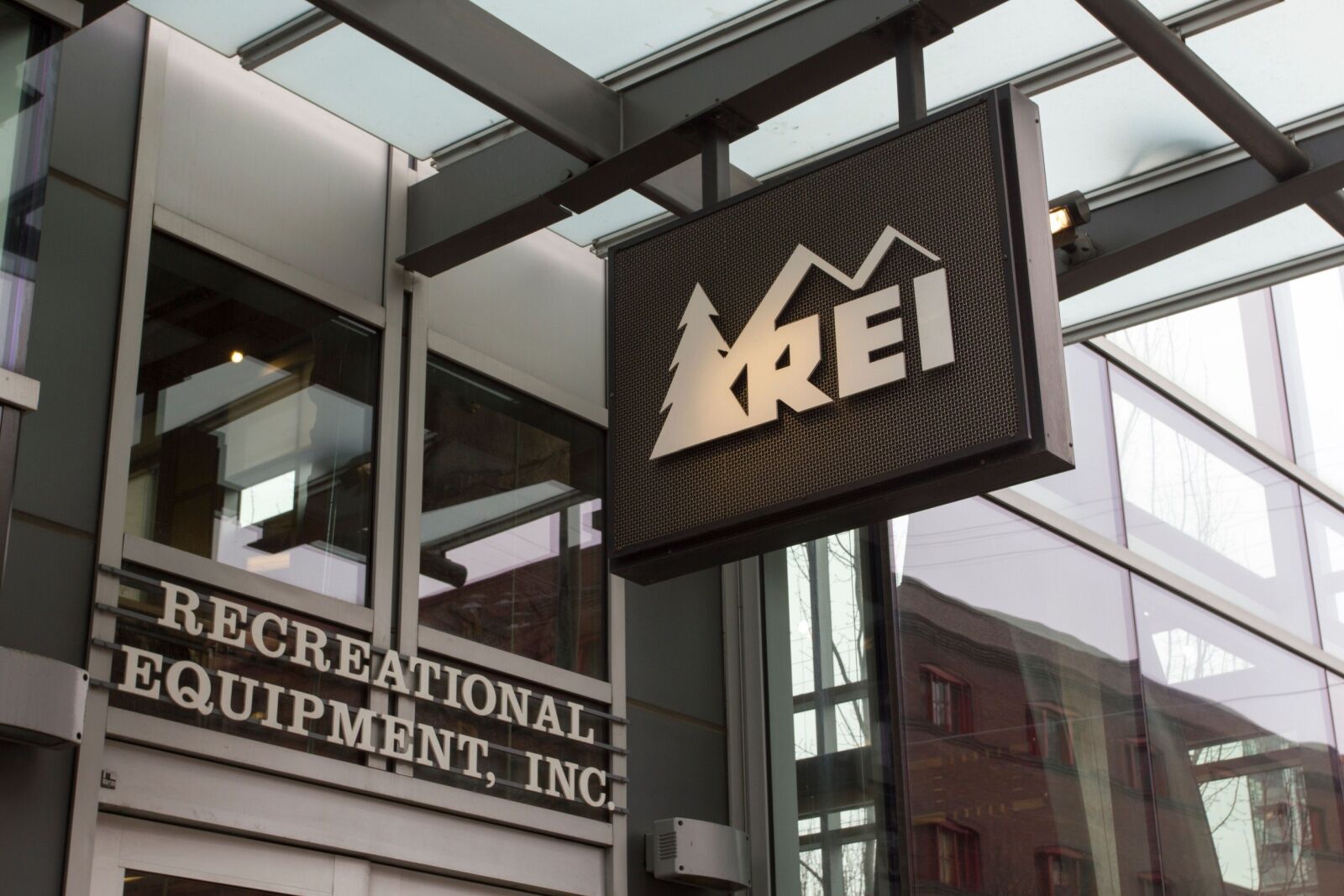
Photo: Tada Images/Shutterstock
Renting in person has its upsides and downsides. The upsides are that you won’t pay shipping, you can test the gear before you walk out with it (for example, to make sure a sleeping bag is long enough), and if you’re local to a store that rents gear, it’s usually pretty convenient. The downside is that you’ll likely have to pick it up and drop it off during store hours, which can be inconvenient if you’re trying to return from a weekend camping trip late at night.
The most well-known place to rent gear in the US is probably REI. It offers gear rentals from many of the chain’s roughly 180 retail stores. Some have a database of available gear you can reserve online, then just swing by and pick up, while others require you to call or visit in person to see what’s available. REI rents not just camping gear, but ski and snow gear, paddleboards and kayaks, and other niche outdoor items the average person may not want to own.
If you live in the northeast, you may want to check your local Eastern Mountain Sports, or EMS, store. You’ll need to contact each store directly as they don’t have their rental inventories online, but most EMS locations rent camping gear, as well as paddling and snow gear.
If you’re around northern California, the Sports Basement has a huge selection of gear rentals across its shops, which generally tend to be a bit more affordable than REI’s rentals. In Denver, Mountainside Gear Rental is well-known, and in Seattle, check out GearHouse. Most outdoorsy towns should have at least one in-person gear-rental company if you just search the name of the city, followed by “camping gear rentals.”
You can usually find local gear outfitters near popular national parks, too. For example, Echo Coop rents backpacking gear in Groveland near Yosemite National Park, Geyser Gear rents backpacking set-ups for people visiting Yellowstone National Park, and Zion Adventures rents gear in Springdale, just a mile or so from Zion National Park in Utah.
From activity operators
If you need gear for a guided activity, like a backpacking trip or climbing-focused camping adventure, you should first talk to the guiding outfitters and ask if your cost includes gear rentals. If it’s not, ask if they have gear you can rent at an extra cost.
Renting from guiding companies and activity operators can often be the easiest option, even if it may be a little more expensive. It saves you from having to make an additional trip to pick up and drop off gear, ensures the gear you have is well-suited to your activity, and is usually fairly high-quality, since it’s often the same gear the guides use for themselves.
Renting from activity operators is an especially good idea in climates that demand fairly technical equipment able to withstand extreme weather and conditions, such as glacial trips in Alaska or backpacking in windy and snowy southern Patagonia.
The cost to rent camping gear
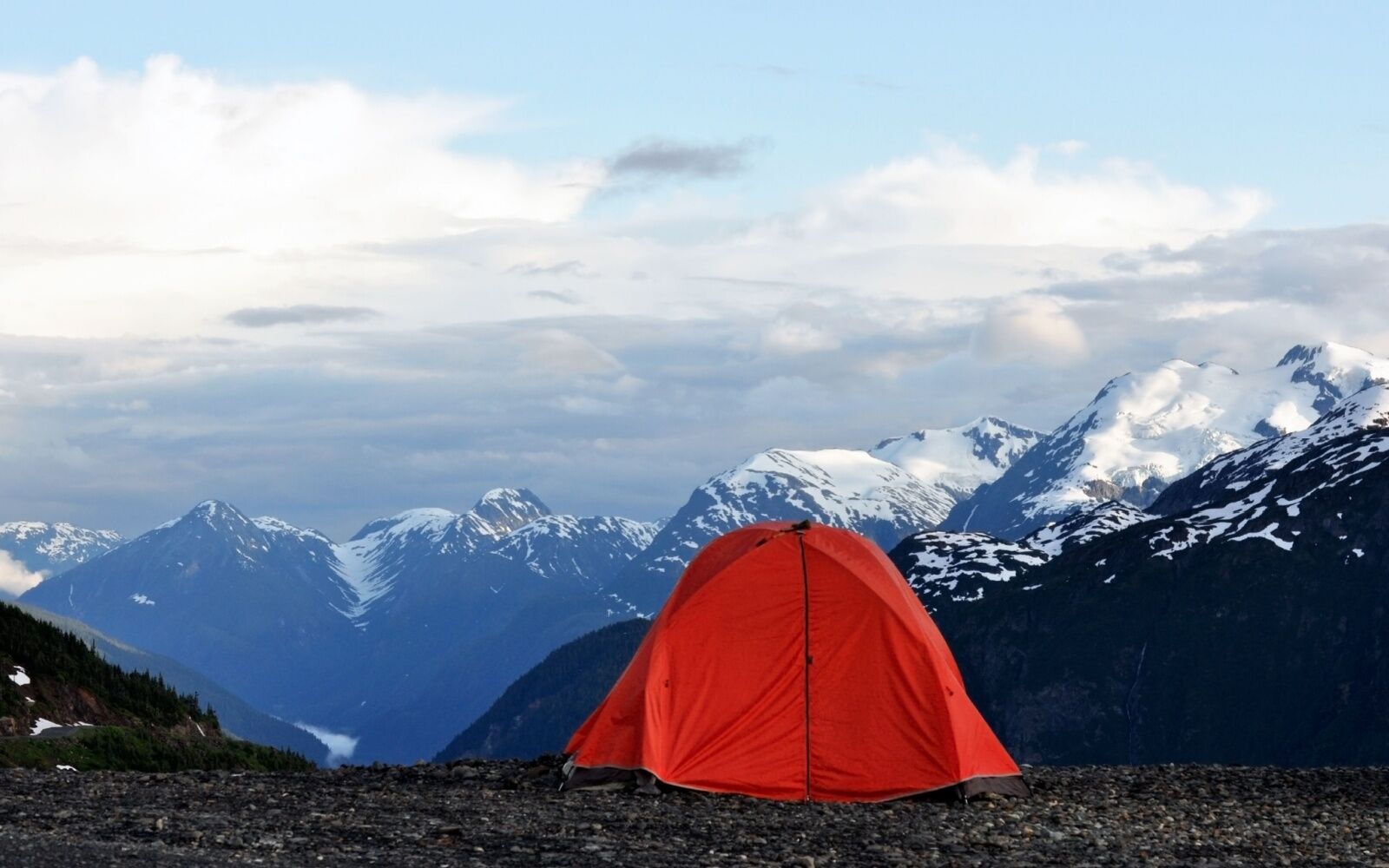
Gear well-suited to extreme conditions can be very expensive to buy. Photo: Greg and Jan Ritchie/Shutterstock
Costs are usually based on how many nights you’ll need, with some companies offering flat rates or discounted rates for weekly rentals.
Most companies offer bundled packages that are often cheaper than renting each item individually. For example, renting a two-person lightweight backpacking kit for three days from the REI in Berkeley, California, costs $303. It includes a tent, two sets of hiking poles, two sleeping bags, two backpacks, two sleeping pads, a camp stove, two headlamps, and two ultralight backpacking chairs. Renting just the sleeping bags for three days would cost $108, plus another $56 for the tent and $100 more for the backpacks. So bundling your gear can help you save money.
If you rent from an online store, you’re looking at more or less the same costs. KitLender’s two-person backpacking set up with similar items to REI’s is $103 per day, with a three-day minimum.
Dealing with breaks, damage, and loss
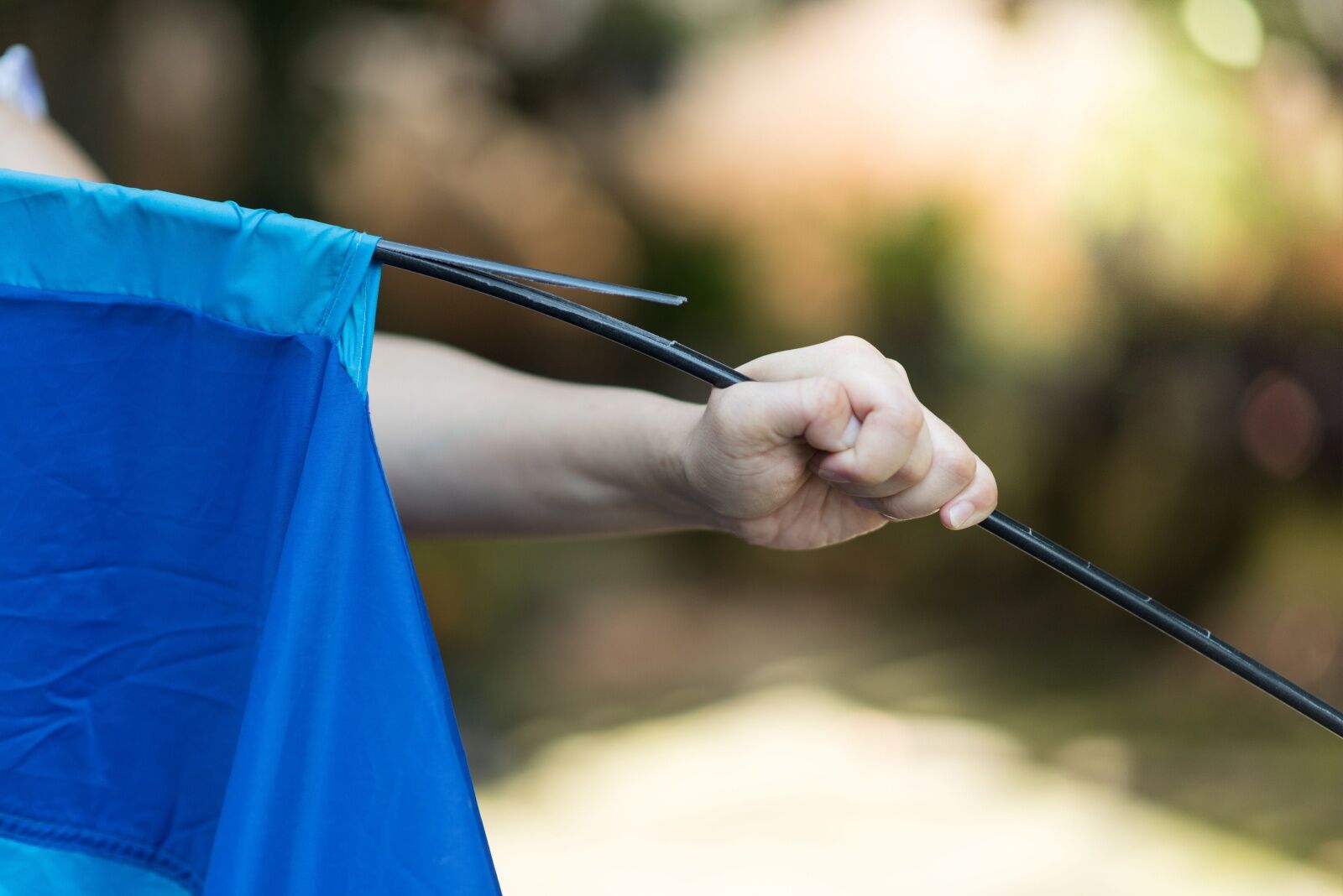
Not good. Photo: prachyaloyfar/Shutterstock
One potential downside when you rent camping gear is that past renters may not have been as gentle or knowledgable about the gear as they should have been, and sometimes, they’re pretty hard on it. Fortunately, when gear is returned, shops will always check it to make sure it’s in good working condition (and clean) before it gets passed on to the next renter. But as with any piece of gear, it can break.
The most important thing to do when you rent camping gear is test it out before you begin your trip. Ideally, test it out in the shop so you can quickly swap out anything that looks damaged or worn. If the gear breaks while you’re using it (because of a flaw or damage in the product, not because of user error), shops will almost always replace it, and sometimes, offer a refund. But a broken tent on the trail is still a broken tent, and knowing you’ll get a refund later won’t keep you dry and warm in the now. So always check the gear as soon as you pick it up or have it delivered.
Another reason to check your gear ASAP is culpability. If a piece of gear breaks while you’re using it, it’s going to be hard to prove that it broke or came damaged, as the store will likely just think you broke it. Generally, REI (and most outdoor stores, really) are known for solid customer service, so they may believe you and offer a refund. But checking the gear out right away is a good way to ensure there are no questions come return time about who damaged or broke anything.
Whether you rent camping gear online or in person, you’ll need to sign a rental agreement. They vary from store to store, but as a general rule, expect to be charged for the cost to repair or replace anything you break. Normal wear and tear (and dirt) is normal, and you won’t be charged extra for returning a tent with a little bit of mud on it. But if you return a tent with a missing zipper or rip caused by having Fido snuggle up next to you, they’ll probably charge you. You’ll also get charged to replace any lost gear, so make sure to check your campsite thoroughly before leaving.
Ask your camping gear rental shop what the policy is on late returns. Usually, they just charge you for the extra night(s). But you’ll want to make sure there’s not a steeper fine or penalty, as there may be for shops where gear is in high demand.
A note about bear spray
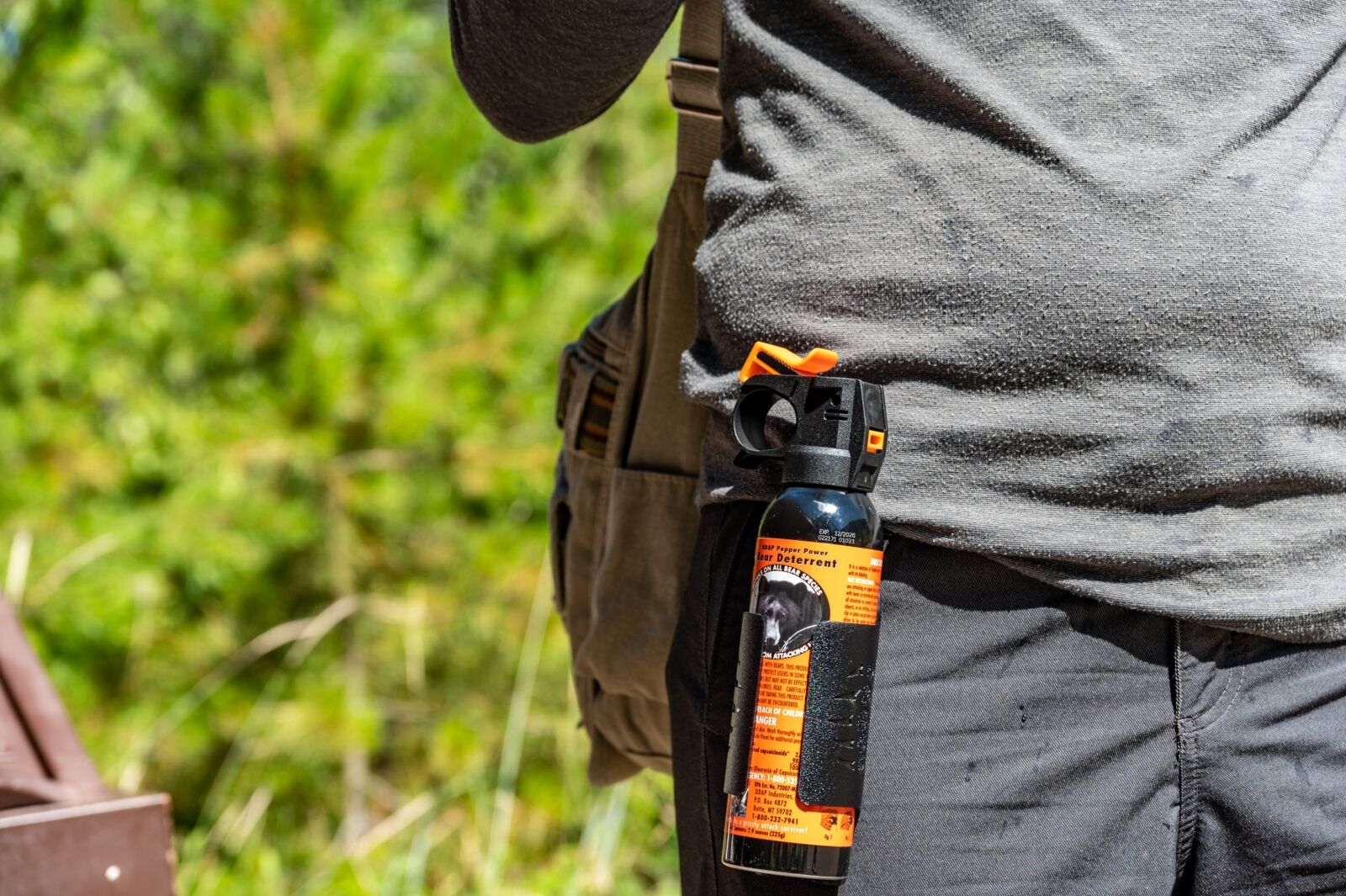
Photo: Lost_in_the_Midwest/Shutterstock
Bear spray is required when backcountry hiking or camping in some areas in the mountain West, as well as throughout Alaska. Implicit in this is the knowledge of how to use bear spray; primarily, that it’s a last resort if you encounter an unusually aggressive brown bear — it is not for using because you see a black bear in the distance, or in areas where black bears are used to human activity (like in Yosemite). In many parts of the US, bear spray is banned, mostly because of uneducated visitors who would otherwise use it way too readily.
But once you know how and when to use bear spray, the problem you’ll encounter is that you’re not allowed to fly with it. Fortunately, you can rent it at many outdoor shops and fishing tackle stores in areas where grizzlies are present. There are also various local resources for visitors to pass on bear spray canisters they didn’t use, like the Bear Spray Exchange Facebook page in Alaska or the “Bear Spray Shacks” near Glacier, Yellowstone, and Grand Teton National Parks.
The vast majority of people who carry bear spray never need to use it — hence why it’s common to rent and borrow bear spray, rather than buying it.
Renting GPS devices
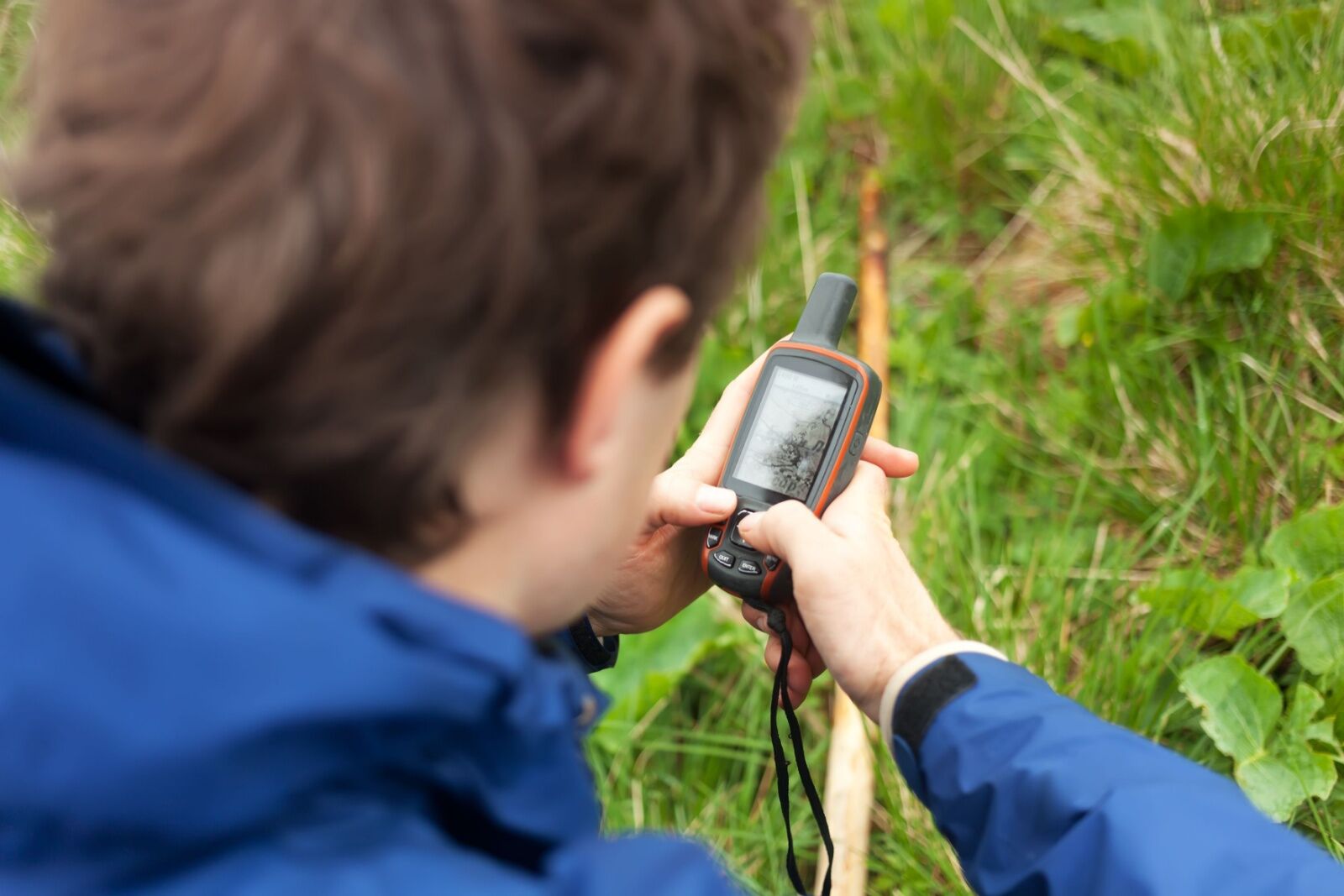
Photo: My Good Images/Shutterstock
An item that’s becoming more and more popular among backpackers and other adventurers who spend time in off-the-grid locations are GSP devices. It’s a broad term for devices that keep you connected even while you’re off the grid. They range from basic devices that that be preprogrammed to send a check-in message to friends back home to full satellite Wi-Fi-enabled devices that allow backcountry photographers to upload photos to the cloud in mere seconds.
The most popular brand for these is likely Garmin, though it’s not the only one. Most GPS devices can connect to your phone for receiving and sending texts, sending distress messages to let rescuers know where you are, and mapping and tracking your route. You can rent them from some outdoor gear rental companies, as well as some tech stores, cell phone stores, or backcountry tech websites, like Outdoor Equipement Rentals.
The most important thing to remember is that nearly all GPS devices require some kind of paid plan in addition to the physical device. Before you rent, make sure you ask whether service is included, or you need to buy a temporarily plan. This is also why renting the devices can be better than buying. While devices like the InReach Mini aren’t too expensive (around $300 on sale), the plans can add up, especially as they sometimes require annual memberships with additional fees for trying pause service.